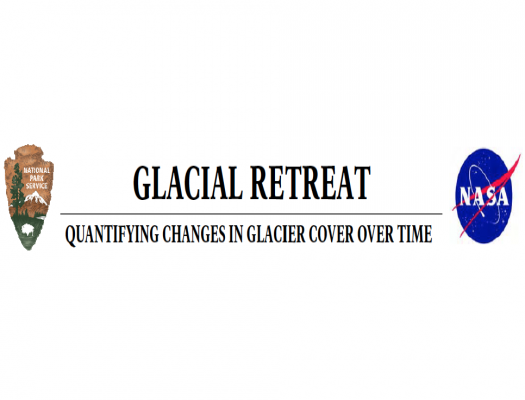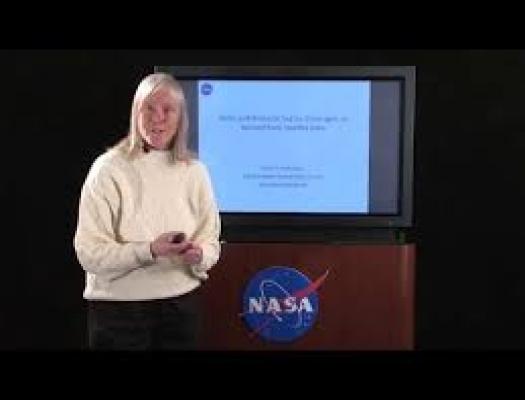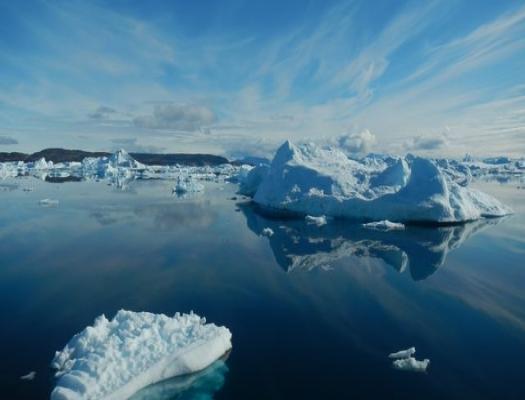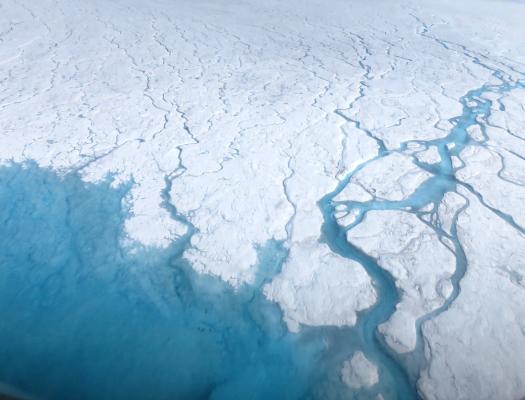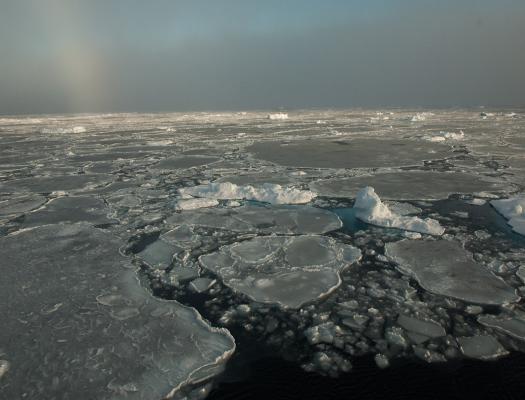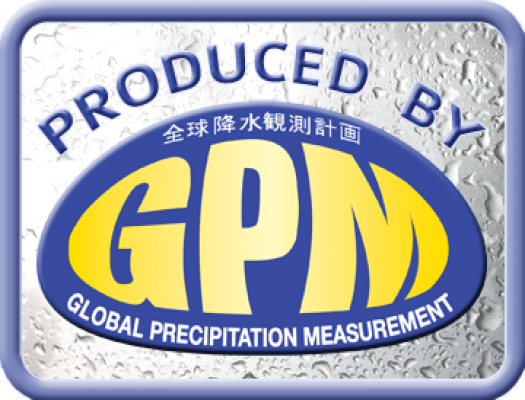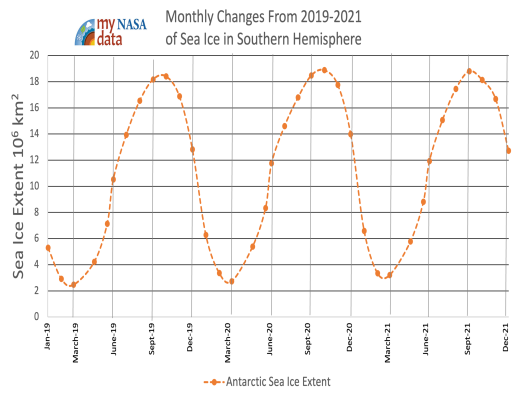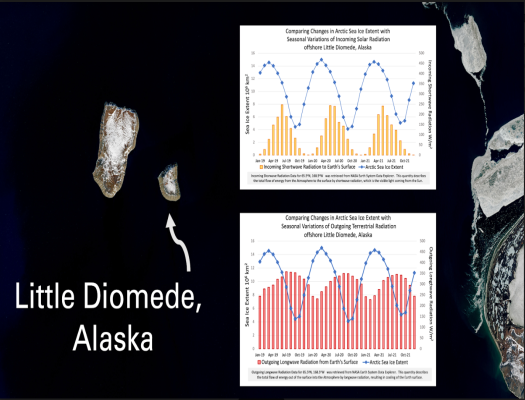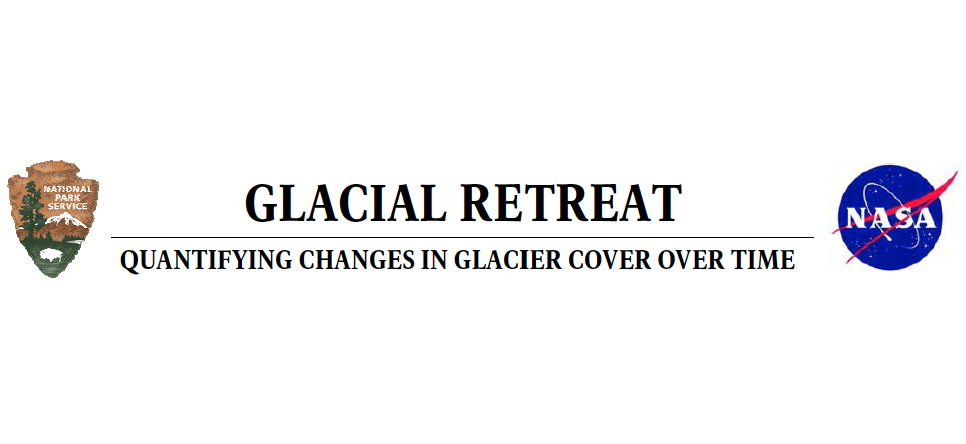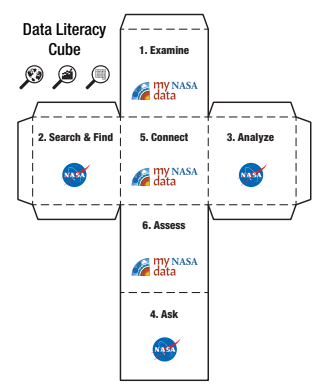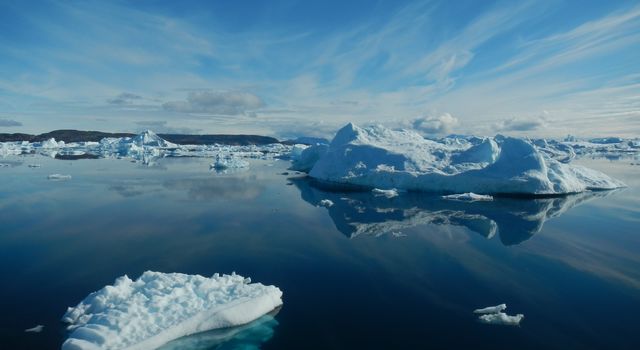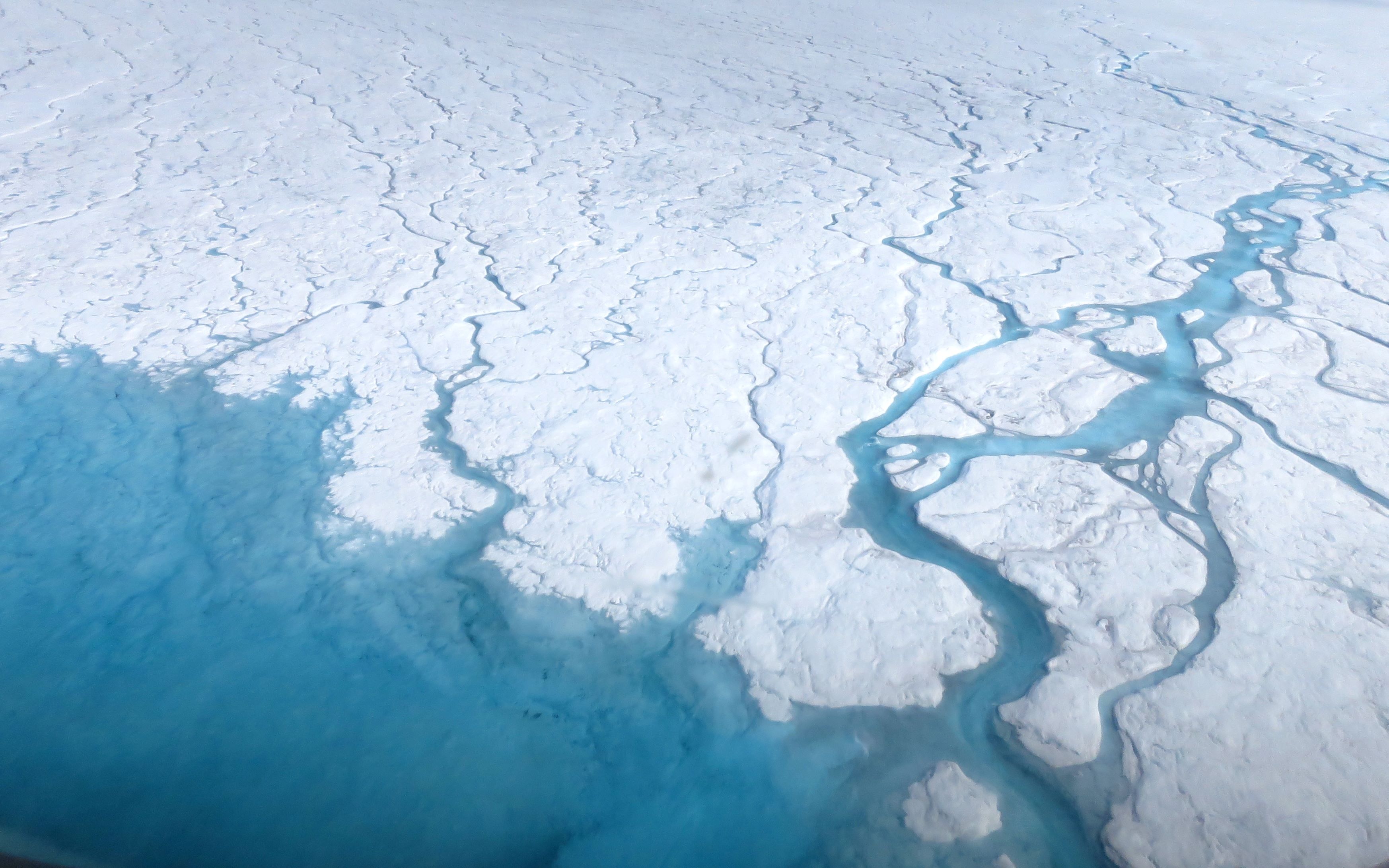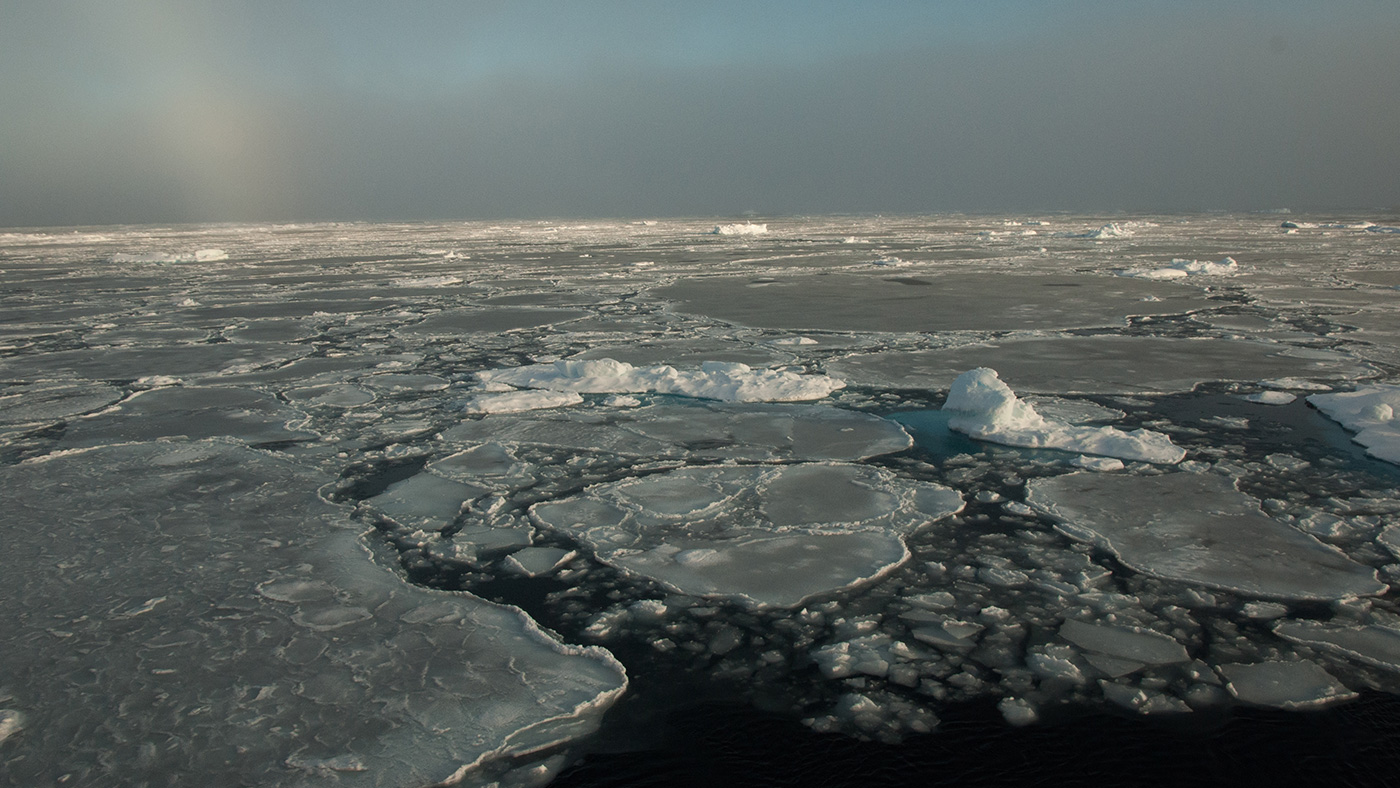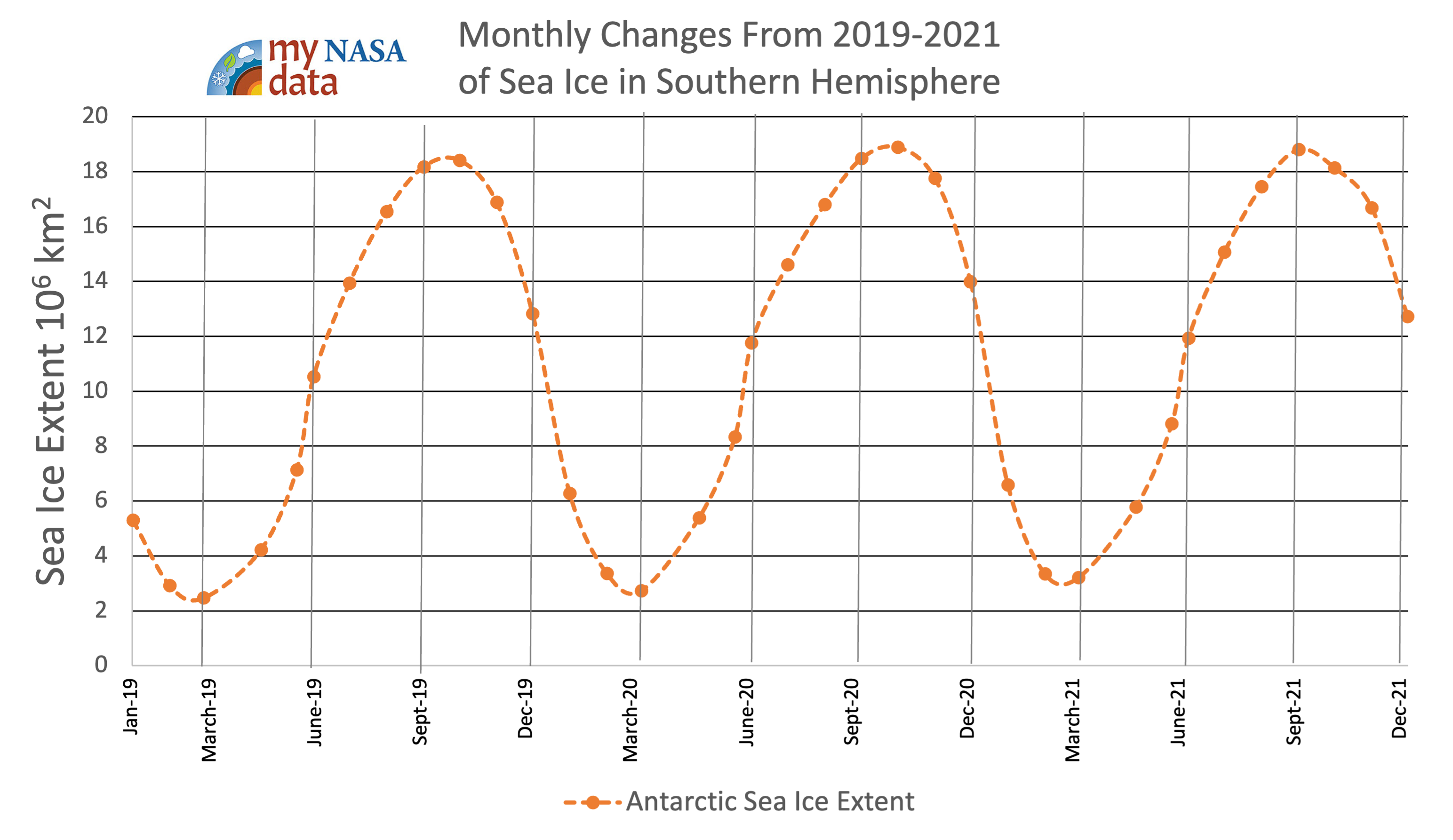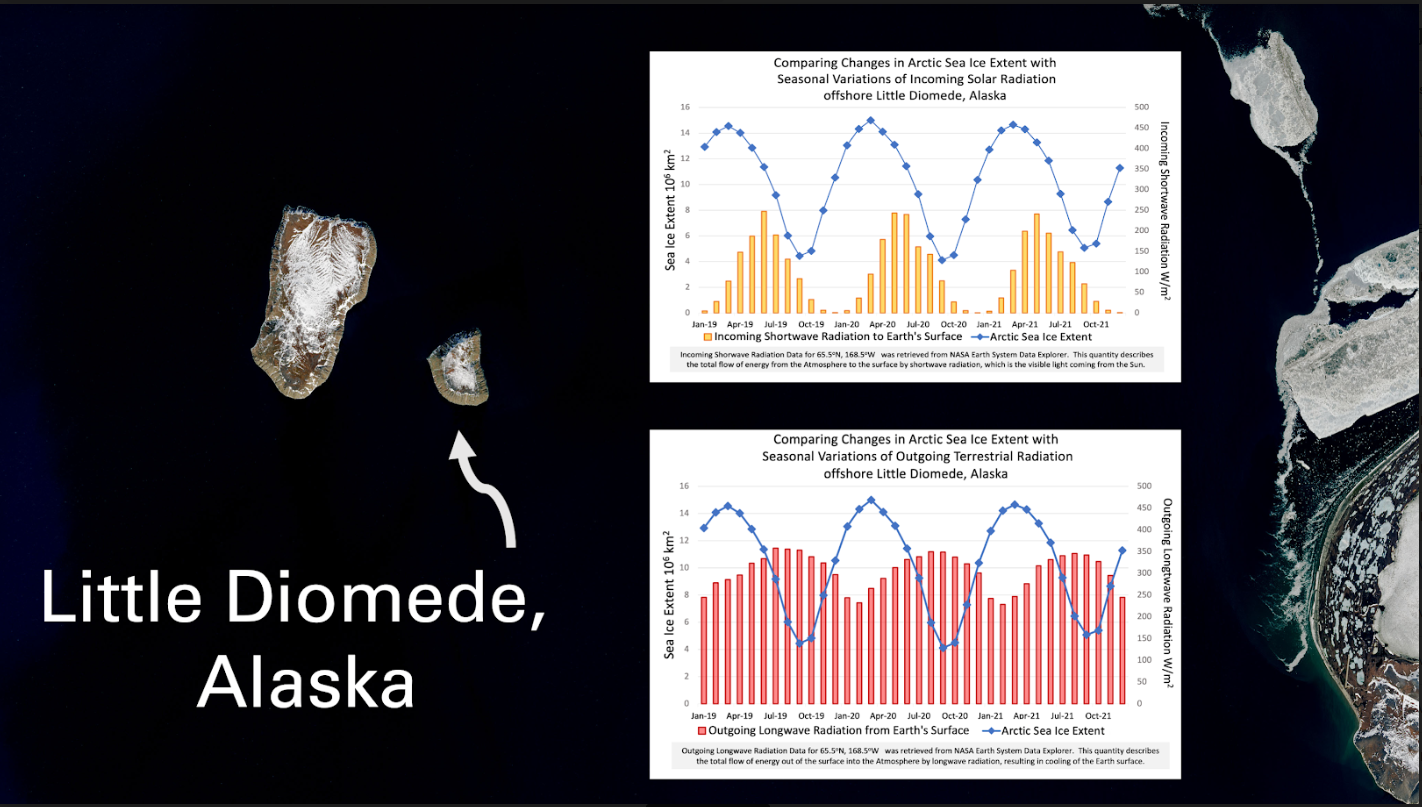In this activity, students use satellite images from the NASA Landsat team to quantify changes in glacier cover over time from 1986 to 2018.
loading Cryosphere...
Featured Lesson Plans
This Lesson Plan provides some generic maps, graphs, and data tables for use with the Data Literacy Cube. Because this is a differentiated resource, it is appropriate for multiple grade bands.
This series of videos highlights how NASA Climate Scientists use mathematics to solve everyday problems. These educational videos to illustrate how math is used in satellite data analysis.
In this activity, students will learn about sea ice and land ice. They will observe ice melting on a solid surface near a body of water and ice melting in a body of water.
This activity is one of a series in the collection, The Potential Consequences of Climate Variability and Change activities.
This activity invites students to model and observe the effect of melting ice sheets (from land) on sea level and the difference between the effect of melting sea-ice to that of melting land ice on sea level.
This activity invites students to simulate and observe the different effects on sea level from melting sea-ice.
In this lesson, students will investigate the drivers of climate change, including adding carbon dioxide and other greenhouse gases to the atmosphere, sea level rise, and the effect of decreasing sea ice on temperatures.
Guided by the 5E model, this lesson allows students to work together to uncover how changes in sea ice extent in the Arctic and Antarctic regions are connected to Earth’s energy budget.
Students consider the impact of changing conditions on the remote island of Little Diomede, Alaska after they investigate the relationship between seasonal trends in sea ice extent with shortwave and longwave radiation flux described in Earth’s energy budget.


